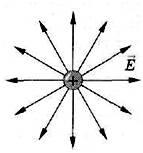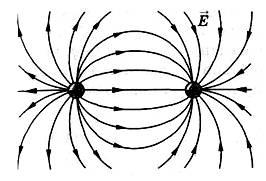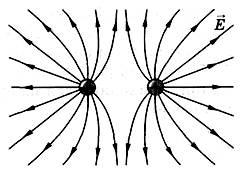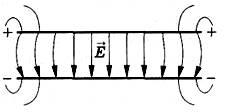Author: Irina Vladimirovna Bakhtina, physics teacher, MBOU "Secondary School 3" Novy Oskol, Belgorod Region Potential energy of a charged body in a uniform electrostatic field. Potential. Potential difference. E φ1 φ1 φ2 φ2 φ3 φ
CONTENTS Field work on the movement of the charge .......... Potential energy of a charged body. ........ ...................... The potential of the electrostatic field ........ ………… Let us ponder …………………………… .. …………………… .. ……………… ..
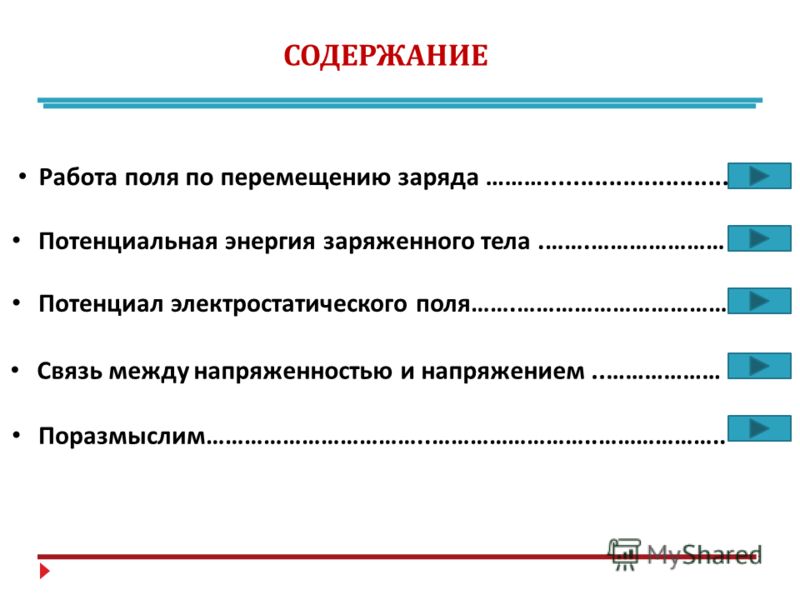
Work when moving a charge in a uniform electrostatic field + - Е 1 2 d1d1 d2d2 ΔdΔd Let us calculate the field work when moving a positive charge q from point 1, located at a distance d 1 from the “-” plate, to point 2, located at a distance d 2 from it . The field work is positive and equal to: A \u003d F (d 1 - d 2) \u003d qE (d 1 - d 2) \u003d - (qEd 2 - qEd 1)
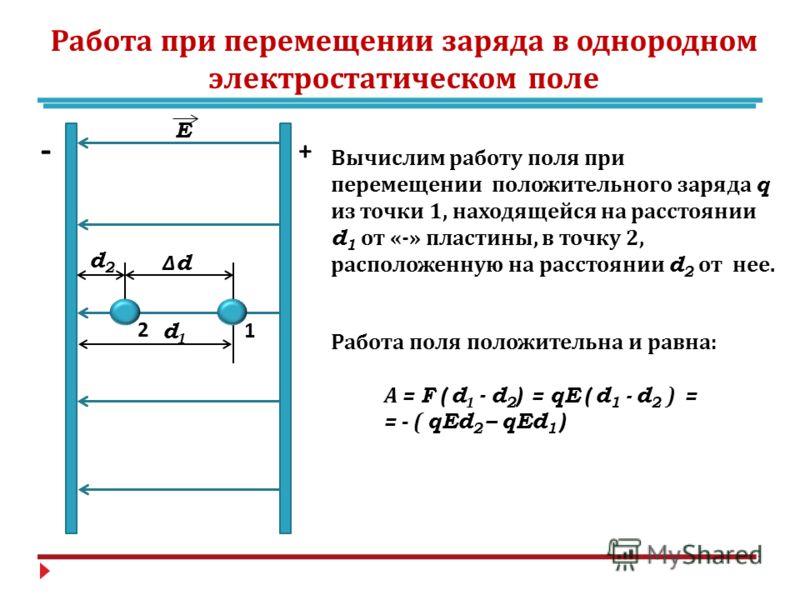
The work of the field does not depend on the shape of the path E 1 2 When moving along parts of steps perpendicular to the field strength E, work is not performed ΔdΔd ΔdΔd When moving along parts of steps parallel to E, work is performed equal to the work of moving the charge from point 1 to point 2 on distance Δd along the power line
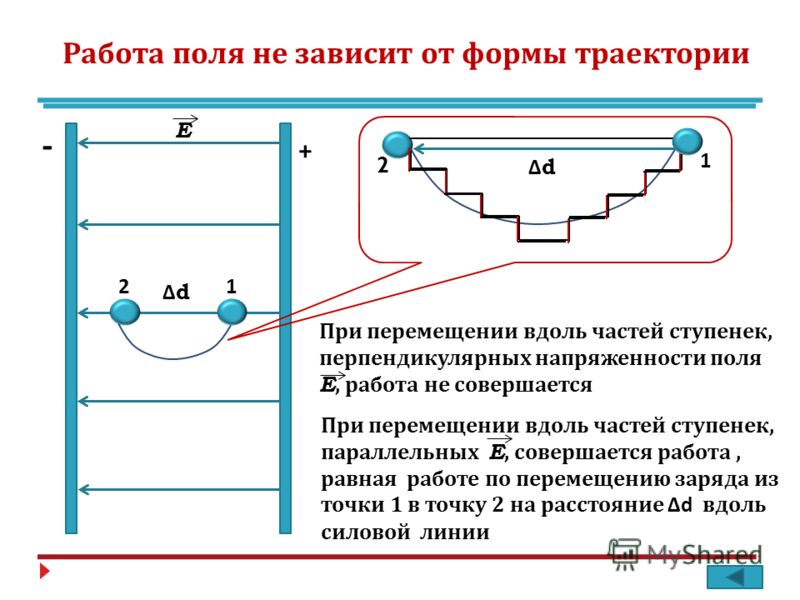
Potential energy A well-known fact: If the work does not depend on the shape of the trajectory, then it is equal to the change in potential energy taken with the opposite sign, i.e. A \u003d - (W p 2 - W p1) \u003d - Δ W p Previously, we obtained the formula: A \u003d - (qEd 2 - qEd 1) Obviously, the potential charge energy in a uniform electrostatic field is: W p \u003d qEd Important dependences If A\u003e 0, then Δ W p 0, then Δ W p 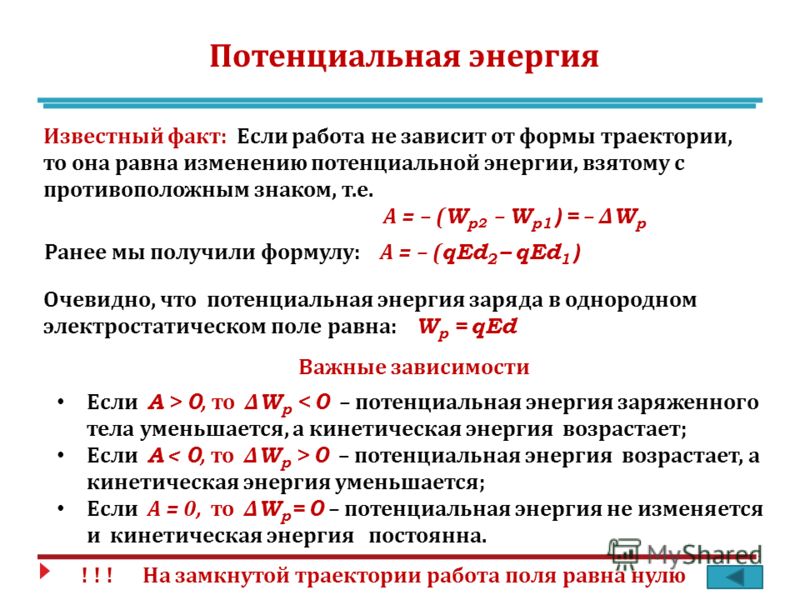
Potential of an electrostatic field Field work when moving a body from one point to another does not depend on the shape of the trajectory Field work when moving a body on a closed path is equal to zero Potential field Any electrostatic field is potential; Only for a uniform electrostatic field does the formula W p \u003d qEd W p1 \u003d q 1 Ed W p2 \u003d q 2 Ed W p3 \u003d q 3 Ed W pn \u003d qn Ed ͠͠ W pq, then W p / q \u003d const The potential of the electrostatic field is the ratio potential energy of the charge in the field to this charge φ \u003d φ \u003d WpWp q Potential - energy characteristic of the field Unit of potential in SI: 1 [φ] \u003d 1B
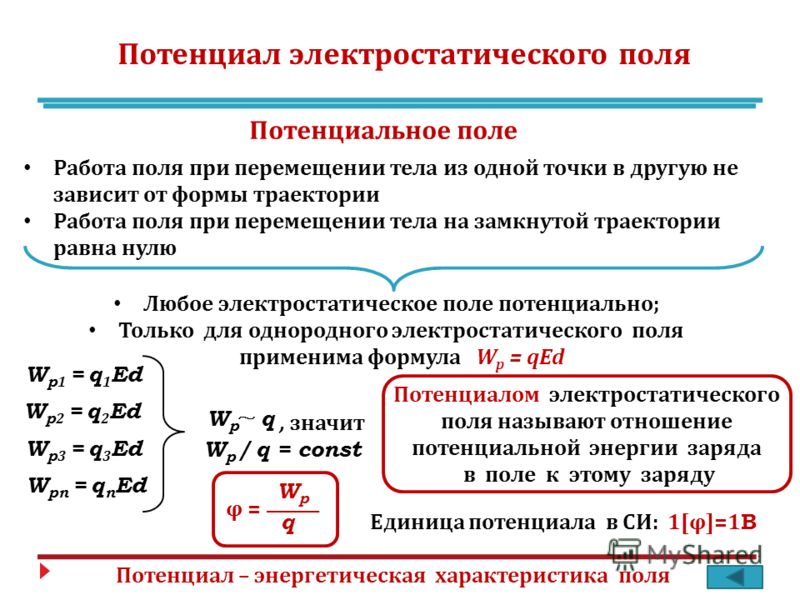
Potential difference The potential value at a given point depends on the choice of the zero level for the potential reference. The change in potential does not depend on the choice of the zero level of the potential reference. W p \u003d q φ Α \u003d - (W p2 - W p1) \u003d - q (φ 2 - φ 1) \u003d q (φ 1 - φ 2) \u003d qU where U \u003d φ 1 - φ 2 is the potential difference, i.e. i.e., the difference between the potential values \u200b\u200bat the initial and final points of the trajectory U \u003d φ 1 - φ 2 \u003d Α / q The potential difference (voltage) between two points is equal to the ratio of the field when the charge moves from the initial point to the final to this charge. Unit of potential difference in SI: 1 [U] \u003d 1 J / Cl \u003d 1 V
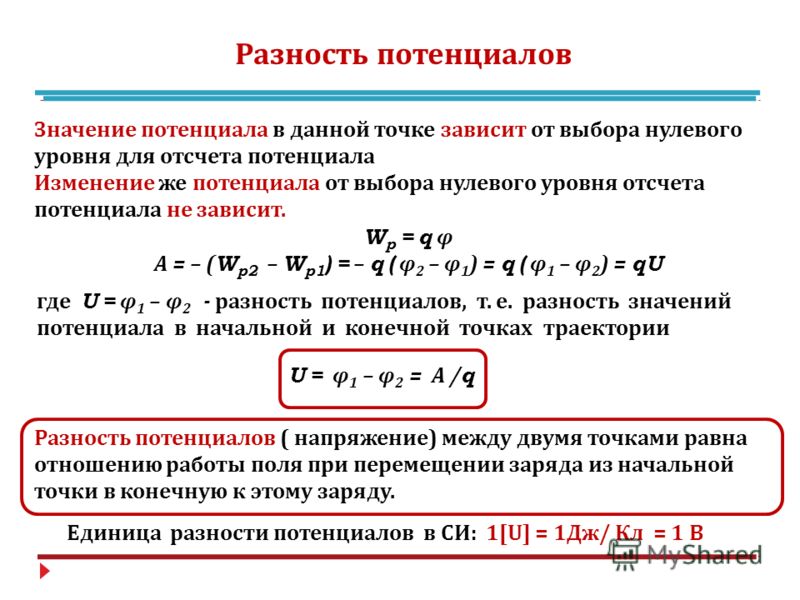
The relationship between the electrostatic field strength and voltage 12 ΔdΔd E A \u003d qE Δ d Α \u003d q (φ 1 - φ 2) \u003d qU U \u003d E Δ d E \u003d U / Δ d U - potential difference between points 1 and 2; Δd is the displacement vector coinciding in direction with the vector E T. to. Α \u003d q (φ 1 - φ 2)\u003e 0, then φ 1\u003e φ 2 \u003d\u003e! ! ! electric field intensity is directed towards the potential decreasing Unit of intensity in SI: 1 [E] \u003d 1B / m 0, then φ 1\u003e φ 2 \u003d\u003e! ! ! electric field intensity is directed towards a decreasing potential Unit of intensity in SI: 1 [E] \u003d 1B / m "\u003e 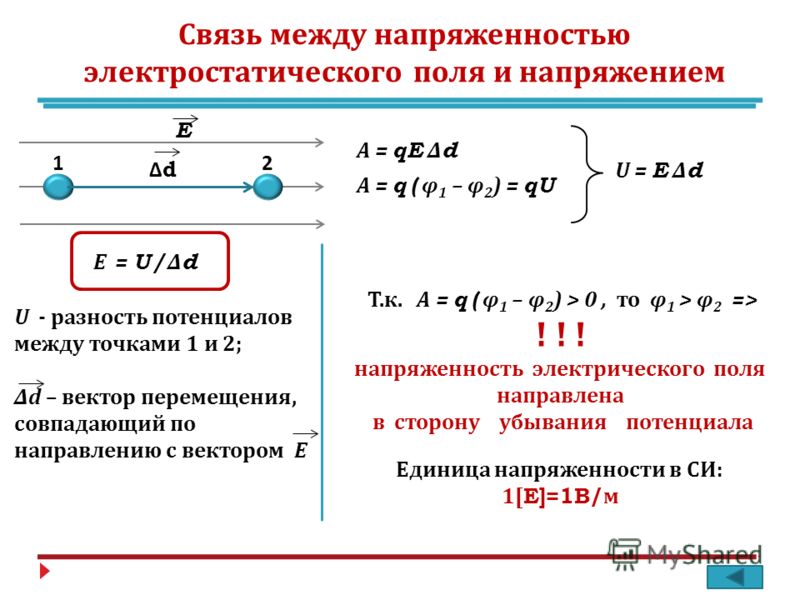
All points of this such surface have the same "title \u003d" (! LANG: Equipotential surfaces. If you draw a surface perpendicular at each point to the force lines, then when the charge moves along this surface, the electric field does not work, \u003d\u003e all points of this surfaces have the same" class="link_thumb"> 9 !} Equipotential surfaces If we draw a surface perpendicular to the force lines at each point, then when the charge moves along this surface, the electric field does not work, \u003d\u003e all points of this such surface have the same potential. Equipotential - surfaces of equal potential for a uniform field - planes for a field of a point charge - concentric spheres the surface of any conductor in an electrostatic field E ΔdΔd + E ΔdΔd all points of this such surface have the same "\u003e all points of this such surface have the same potential. Equipotential - surfaces of equal potential for a uniform field - planes for a field of a point charge - concentric spheres the surface of any conductor in an electrostatic field E ΔdΔd + Е ΔdΔd "\u003e all points of this such surface have the same" title \u003d "(! LANG: Equipotential surfaces If we draw a surface perpendicular at each point to the force lines, then when the charge moves along this surface the electric field does not do work, \u003d\u003e all points of this such surface have the same"> title="Equipotential surfaces If we draw a surface perpendicular at each point to the force lines, then when the charge moves along this surface, the electric field does not work, \u003d\u003e all points of this such surface have the same"> !}
Examples of equipotential surfaces φ1 φ1 φ2 φ2 φ3 φ3 φ4 φ4 φ 4 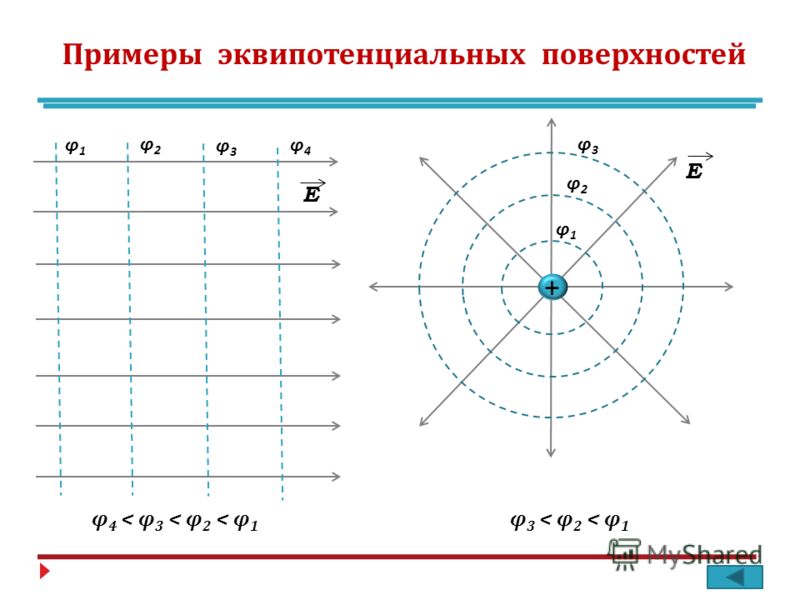
0 moved along the closed circuit ABC D in the field of point charge q 2\u003e 0. In what areas was the field's work on charge movement: positive? negative? equal to zero? How did the potential change "title \u003d" (! LANG: A B C D Let us consider 1. The electric charge q 1\u003e 0 was moved along the closed circuit ABC D in the field of point charge q 2\u003e 0. In what areas was the field positive for the charge movement: positive ? negative? equal to zero? How did the potential" class="link_thumb"> 11 !} A B C D Let us ponder 1. The electric charge q 1\u003e 0 was moved along the closed circuit ABC D in the field of point charge q 2\u003e 0. In what areas was the field's work on charge movement: positive? negative? equal to zero? How did the potential energy of the system change? What is the full work of moving the charge? 2. The potential of the electrostatic field increases in the direction from the bottom up. Where is the field strength vector directed? The answer is to clarify. 3. Compare the work on moving the charge q along each of the lines of electric field strength. It is known that all points inside the conductor have the same potential. Prove it. 0 moved along the closed circuit ABC D in the field of point charge q 2\u003e 0. In what areas was the field's work on charge movement: positive? negative? equal to zero? How did the potential "\u003e 0 move along the closed circuit ABC D in the field of a point charge q 2\u003e 0. In what areas did the field work in moving the charge: positive? Negative? Equal to zero? How did the potential energy of the system change? What is the total work of moving? 2. The potential of the electrostatic field increases in the direction from the bottom up. Where is the vector of the field strength directed? Answer to explain. 3. Compare the work on moving the charge q along each of the lines of electric field strength. + - 4. It is known that all points ki inside the conductor have the same potential. Prove it. "\u003e 0 moved along the closed circuit ABC D in the field of point charge q 2\u003e 0. In what areas was the field's work on charge movement: positive? negative? equal to zero? How did the potential change "title \u003d" (! LANG: A B C D Let us consider 1. The electric charge q 1\u003e 0 was moved along the closed circuit ABC D in the field of point charge q 2\u003e 0. In what areas was the field positive for the charge movement: positive ? negative? equal to zero? How did the potential"> title="A B C D Let us ponder 1. The electric charge q 1\u003e 0 was moved along the closed circuit ABC D in the field of point charge q 2\u003e 0. In what areas was the field's work on charge movement: positive? negative? equal to zero? How did the potential change"> !}
Decide and write down 1. What kind of work does the electric field do when moving a charge of 2 nC from a point with a potential of 20 V to a point with a potential of 200 V? Given: q \u003d 2 nC \u003d 2 x C φ 1 \u003d 20 B φ 2 \u003d 200 B ___________________________ A -? Solution: Α \u003d q (φ 1 - φ 2) \u003d 2 x C (20 V - 200 V) \u003d \u003d - 0.36 μJ. Answer: A \u003d 0.36 μJ. 2. The field is formed by a charge of 17 nC. What work must be done to transfer the same charge of 4 nCl from a point 0.5 m from the first charge to a point 0.05 m away from it? Given: q 1 \u003d 17 nC \u003d 17 x C d 1 \u003d 0.5 m; d 2 \u003d 0.05 m; q 2 \u003d 4 nCl \u003d 4 x Cl A -? Solution: A \u003d q 2 Ed 2 - q 2 Ed 1 \u003d kq 2 q 1 (1 / d 2 - 1 / d 1) \u003d 11 μJ Answer: A \u003d 11 μJ.
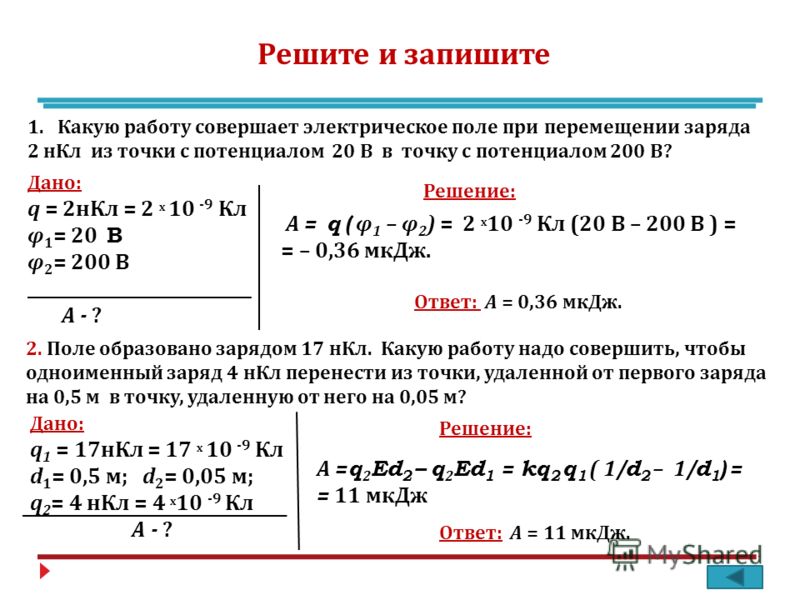
Literature and Internet resources 1. Myakishev G. Ya. Physics: a textbook for grade 10 of general education institutions / G. Ya. Myakishev, B. B. Bukhovtsev, N. N. Sotsky. - M.: Education, 2009. 2. Kirik L. A., Gendenshtein L. E., Gelfgat I. M. Problems in physics for a specialized school with examples of solutions to classes. Ed. V.A. Orlova. - M .: Ileksa, Shaskolskaya M.P., Eltsin I.A. Collection of selected problems in physics. Ed. prof. S. E. Haikin. - M.: Science, 1974.
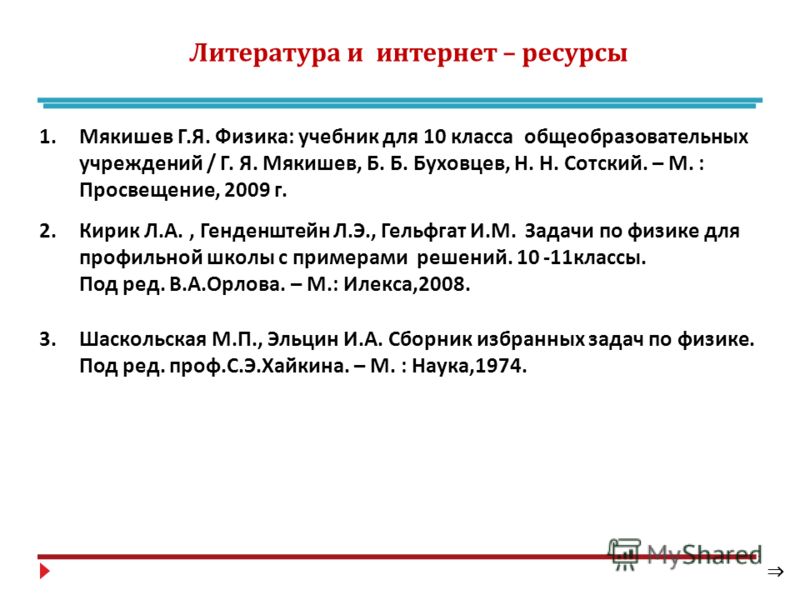
To build an accurate picture of the lines of force of a charged body is a difficult task. First you need to calculate the field strength E (x, y, z) as a function of coordinates. But this is not enough. It remains a difficult task to draw continuous lines so that at each point of the line the tangent to it coincides with the direction of tension. It is easiest to assign such a task to a computer running a special program.
However, to build an accurate picture of the distribution of lines of force is not always necessary. Sometimes it’s enough to draw approximate pictures, not forgetting that:
lines of force are open lines: they begin on the surface of positively charged bodies (or at infinity) and end on the surface of negatively charged bodies (or at infinity);
lines of force do not intersect, since at each point of the field the tension vector has only one direction;
between charges the field lines are not interrupted anywhere.
Figures 7–10 show pictures of lines of force: a positively charged ball (Fig. 7); two oppositely charged balls (Fig. 8); two balls of the same name (Fig. 9); two plates whose charges are equal in absolute value and opposite in sign (Fig. 10).
|
|
|
|
|
|
Figure 10 shows that in the space between the plates far from the edges of the plates, the lines of force are parallel: the electric field is the same at all points.
An electric field whose intensity is the same at all points in space is called homogeneous.
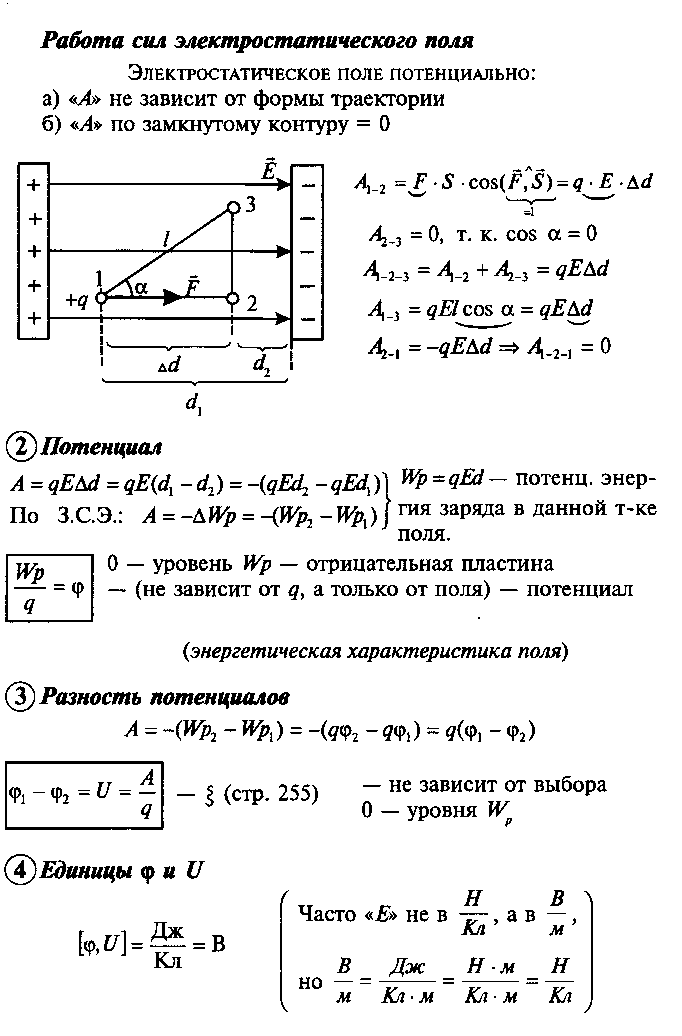
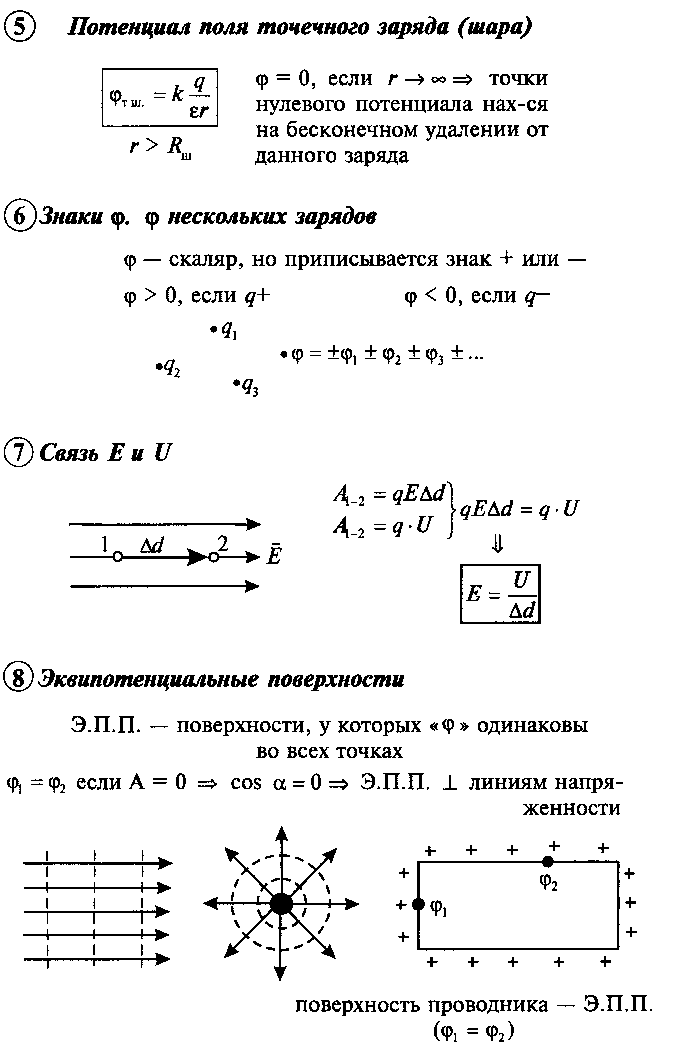
Work when moving a charge in a uniform electrostatic field. A uniform field is created, for example, by large parallel metal plates having charges of the opposite sign. This field acts on a charge q with constant force F = qE, just as the earth acts with constant force F = mg on a stone near its surface.
Let the plates be arranged vertically (Fig. 2), the left plate positively charged, and the right - negatively Calculate the work performed by the field when moving a positive charge q from point 1, at a distance d x from the left plate to the point 2, located at a distance d 2 from her.
Points 1 and 2lie on the same power line:
A \u003dqE (d 1 - d 2 ) = qE∆ d. (1)
This work does not depend on the shape of the trajectory, just as the work of gravity does not depend on the shape of the trajectory.
Potential energy. Since the work of the electrostatic force does not depend on the shape of the trajectory of the point of its application, this force is conservative, and its work according to the formula is equal to the change in potential energy taken with the opposite sign:
A = -(W n 2 - W nl ) = -∆ W n .
Comparing the obtained expression with the general definition of potential energy, we see that potential charge energy in a uniform electrostatic field is equal to:
W n = qEd.
If the field does a positive job, then the potential energy of a charged body in the field decreases: ∆ W n < A. At the same time, according to the law of conservation of energy, its kinetic energy grows. And vice versa, if the work is negative (for example, when a positively charged particle moves in the direction opposite to the direction of the field strength vector Ethen ∆ W n > 0. The potential energy increases, and the kinetic energy decreases, the particle slows down.
On a closed path, when the charge returns to the starting point, the field work is zero:
A = -∆ W n = -(W nl - W n 2 ) = 0.
Charged particles in an electrostatic field have potential energy. When a particle moves from one point of the field to another, the electric field does a job that does not depend on the shape of the trajectory. This work is equal to the change in potential energy taken with a “-” sign.
In mechanics, the mutual action of bodies on each other is characterized by force and potential energy. The electrostatic field that interacts between charges is also characterized by two quantities. Field strength is power characteristic.Now we introduce the energy characteristic - potential.
The potential of the field.The work of any electrostatic field when moving a charged body from one point to another also does not depend on the shape of the trajectory, as does the work of a uniform field. On a closed path, the work of the electrostatic field is always zero.Fields with this property are called potential.In particular, the electrostatic field of a point charge has a potential character.
The work of the potential field can be expressed through a change in potential energy. Formula A \u003d - (W n 2 - W nl ) valid for any electrostatic field. But only in the case of a uniform field is the potential energy expressed by the formula .
Potential.The potential energy of a charge in an electrostatic field is proportional to the charge. This is true both for a homogeneous field and for an inhomogeneous one. Hence, the ratio of potential energy to charge does not depend on the charge placed in the field.
This allows us to introduce a new quantitative characteristic of the field - potential φ , independent of the charge placed in the field.
To determine the value of potential energy, as we know, it is necessary to choose a zero level of its reference. When determining the potential of a field created by a system of charges, it is assumed that the potential at an infinitely distant point of the field is zero.
The potential of an electrostatic field point is the ratio of the potential energy of a charge placed at a given point to this charge.
According to this definition, the potential is:
Field strength Eis a vector quantity. It represents the force characteristic of the field, which determines the force acting on the charge q at a given point in the field. And the potential φ is a scalar, this energy characteristic of the field,it determines the potential energy of the charge q at a given point in the field.
If in the example with two charged plates, as a point with zero potential, select a point on a negatively charged plate, then according to the formulas, the potential of a uniform field is:
Potential difference. Like potential energy, the value of the potential at a given point depends on the choice of the zero level for counting the potential, i.e., on the choice of a point whose potential is taken equal to zero. Capacity changeindependent of the choice of a zero level of reference potential.
Since potential energy, the work of the field forces is equal to:
Here is the potential difference, i.e., the difference between the potential values \u200b\u200bat the initial and final points of the trajectory.
The potential difference is also called voltage.
According to the formulas, the potential difference between two points is equal to:
![]()
The potential difference (voltage) between two points is equal to the ratio of the field when moving a positive charge from the starting point to the final to the value of this charge.
If the potential of an infinitely distant point of the field is taken as the zero reference level of the potential, then the potential at this point is equal to the ratio of the work of electrostatic forces to move a positive charge from a given point to infinity to this charge.
Potential difference unit. The unit of the potential difference is set using the formula. In the International System of Units, work is expressed in joules, and charge is expressed in pendants. Therefore, the potential difference between two points is numerically equal to unity if, when the charge moves in1 cl from one point to another an electric field does work in1 J. This unit is called volt(AT); 1 V \u003d 1 J / 1 C
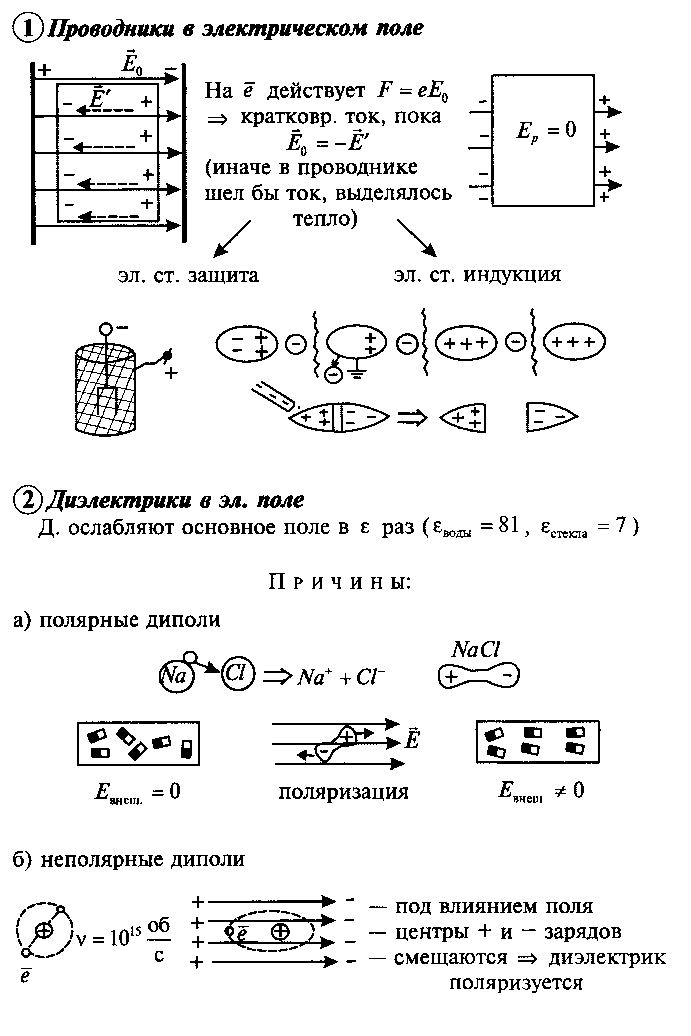
![]()
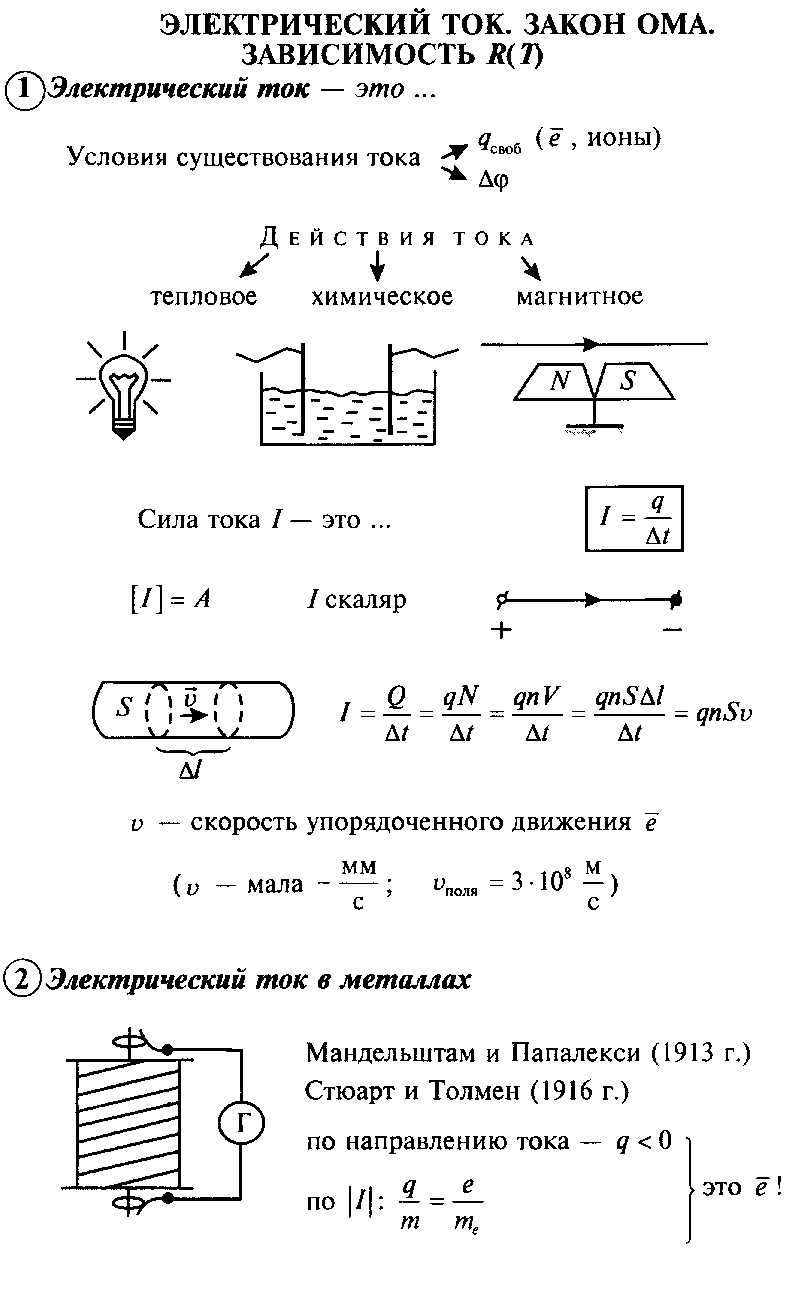
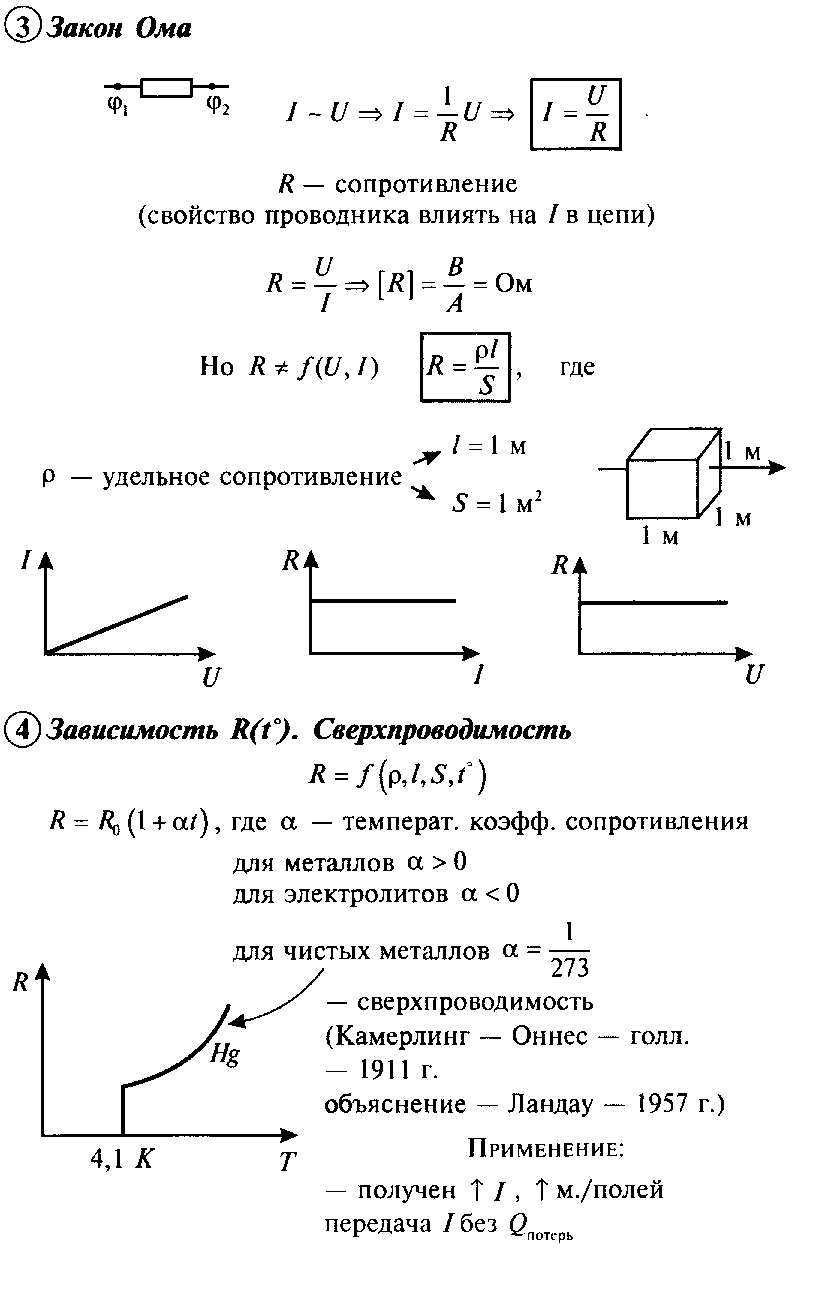
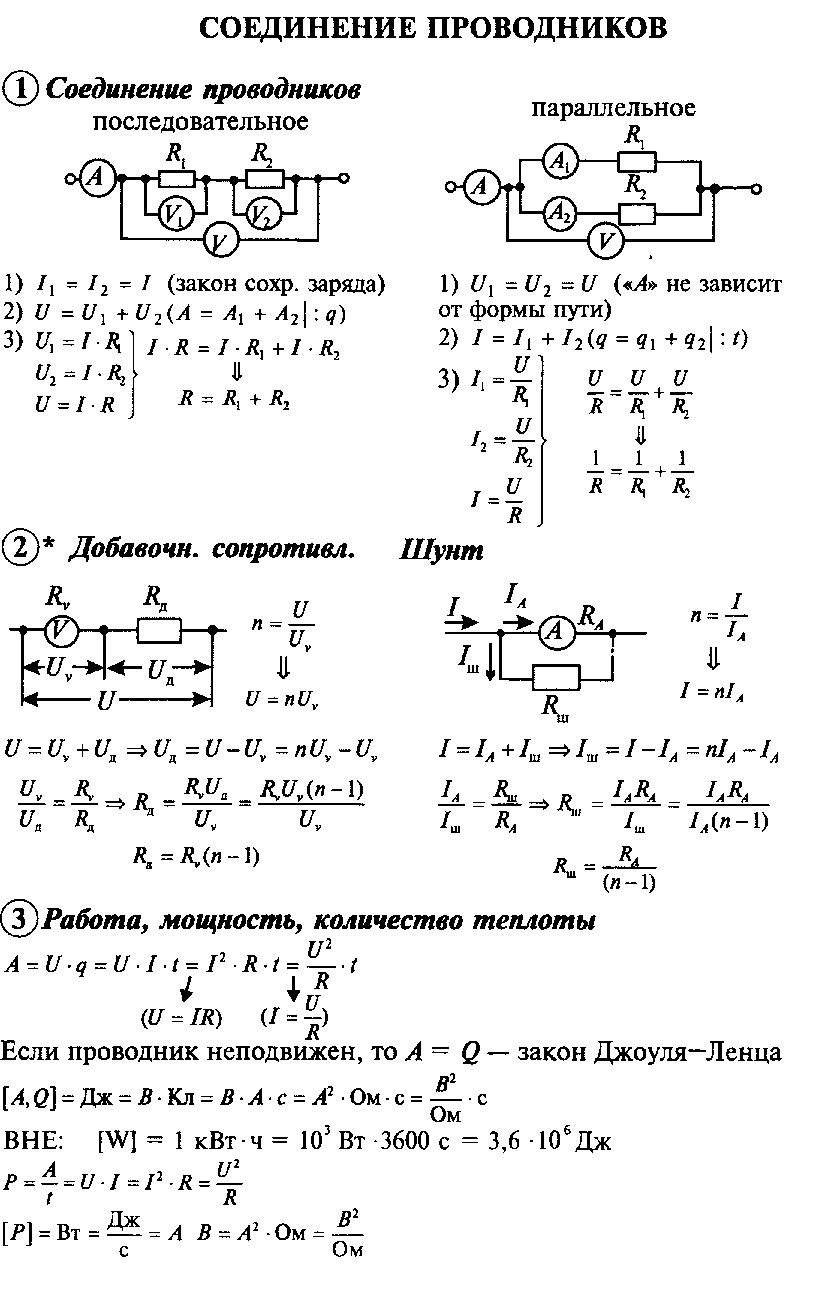
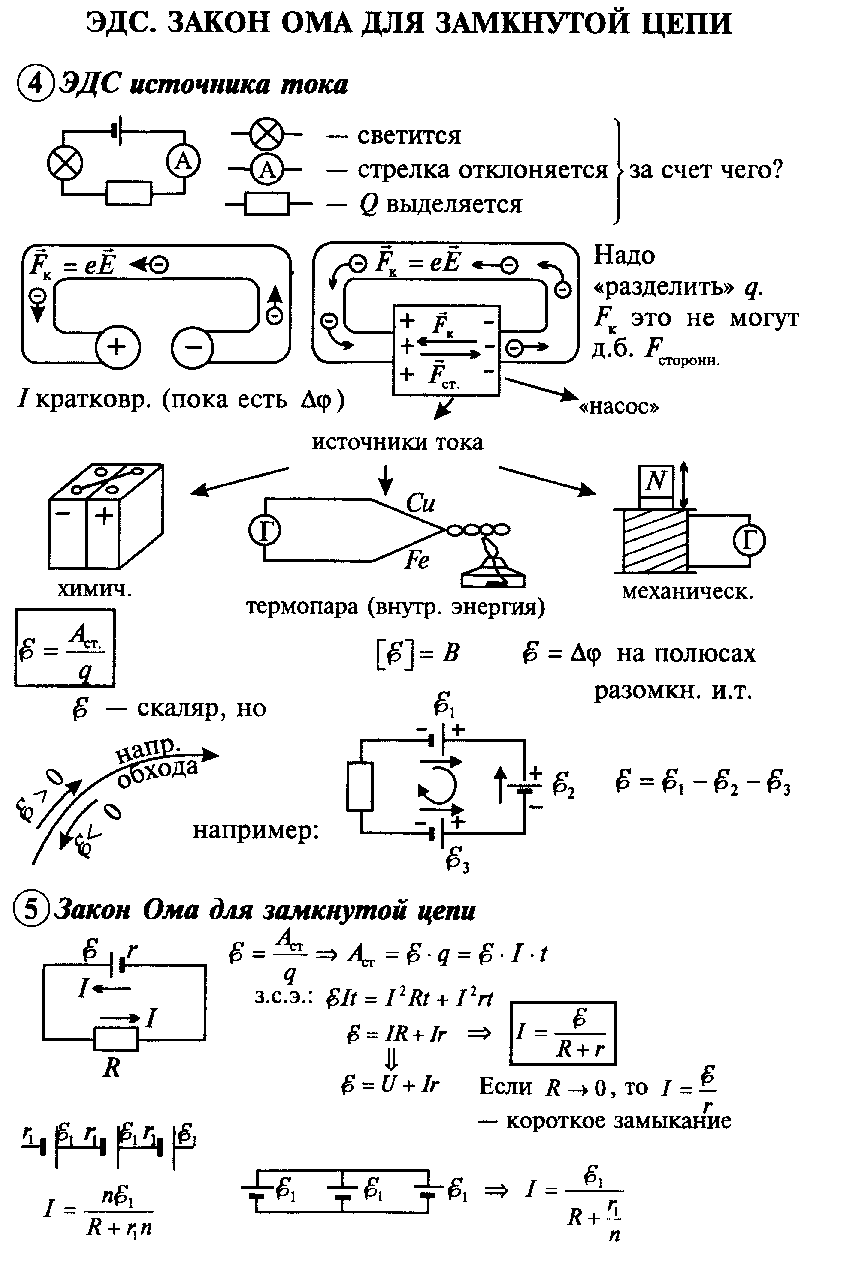
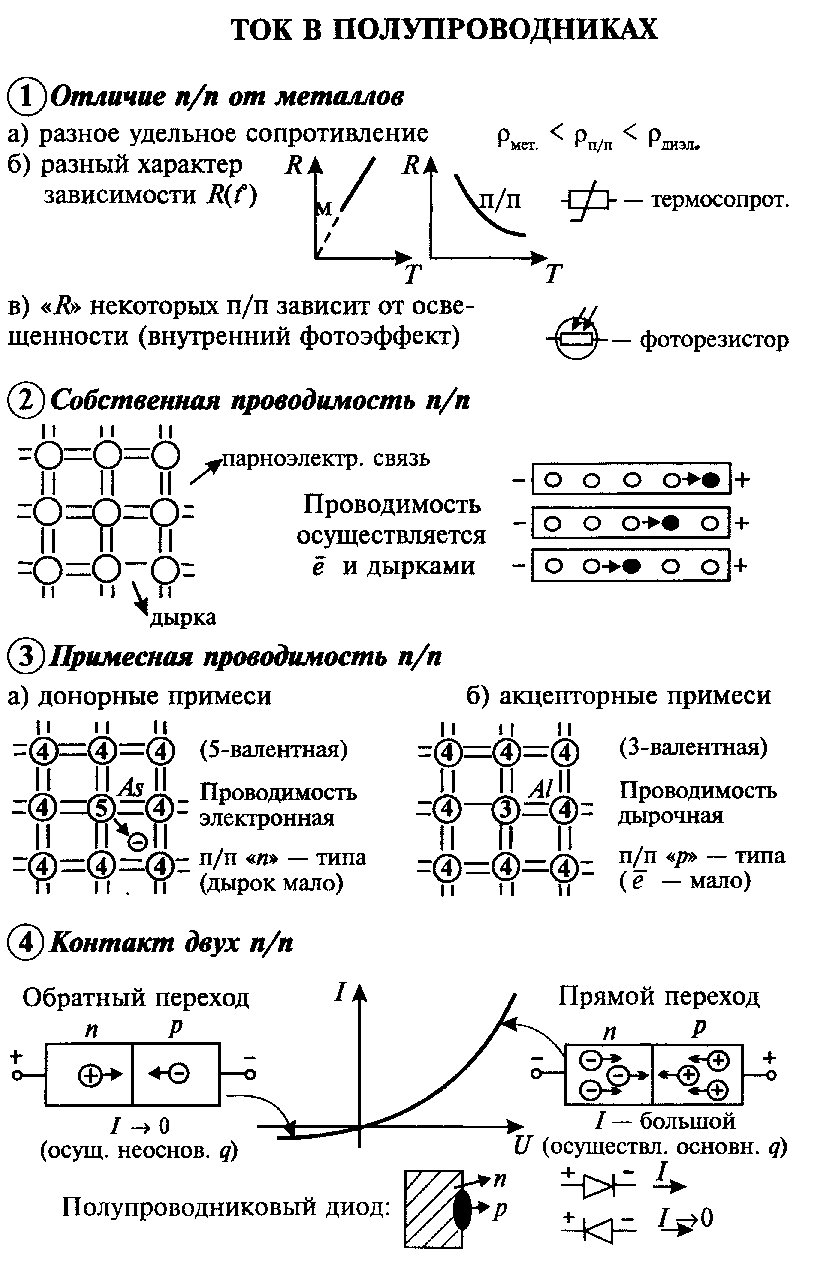
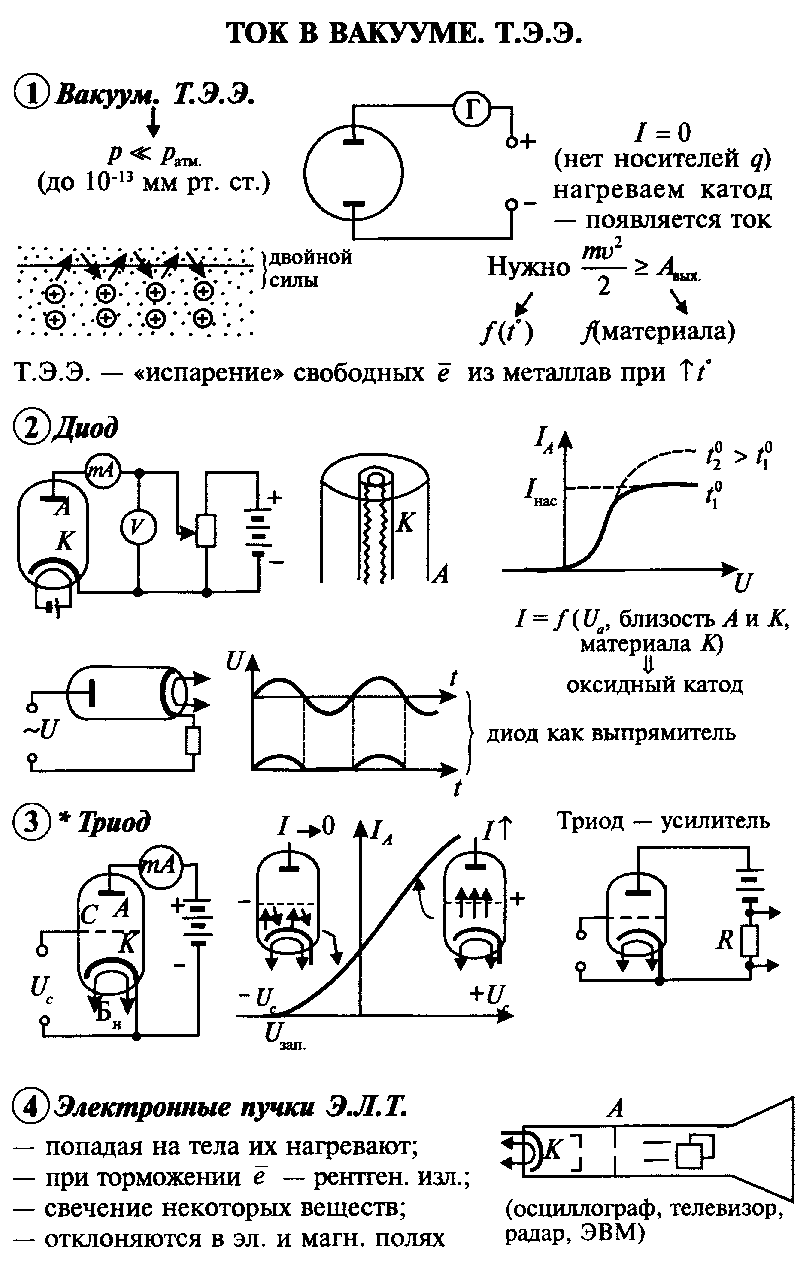
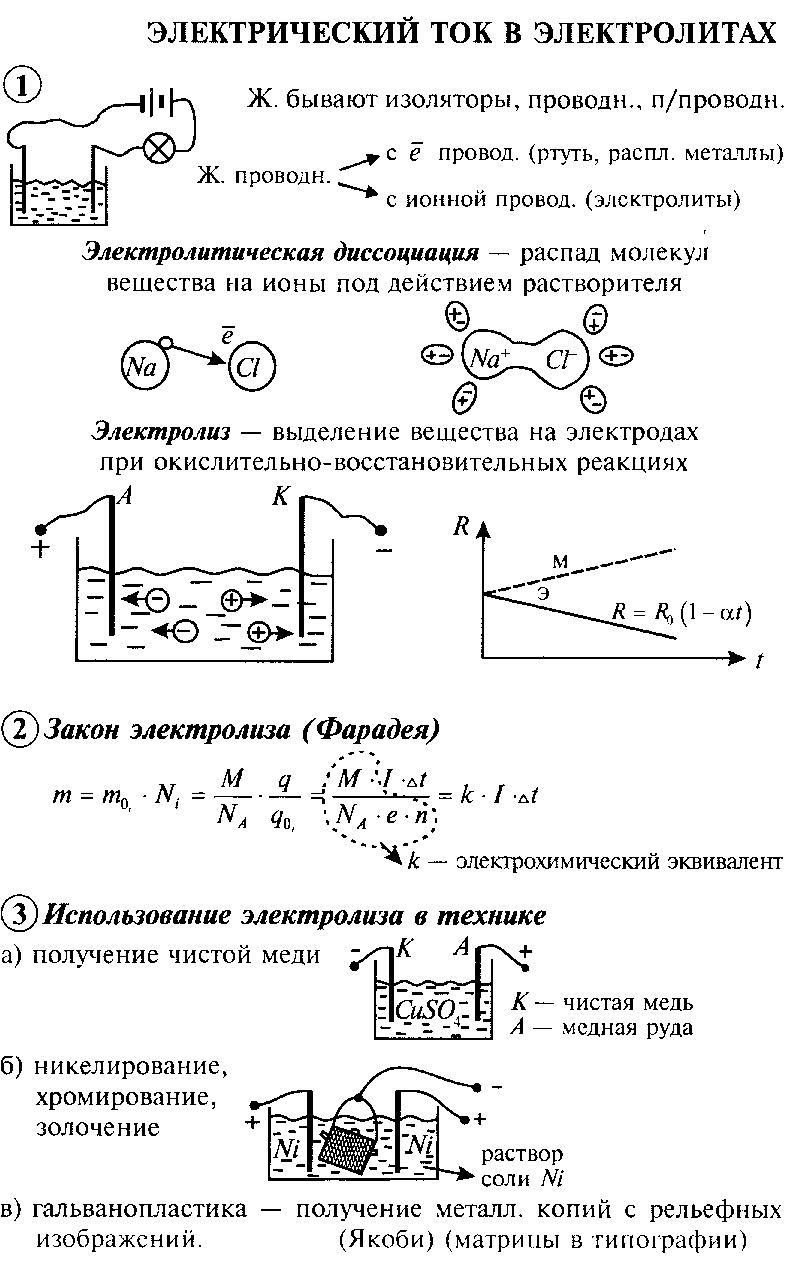
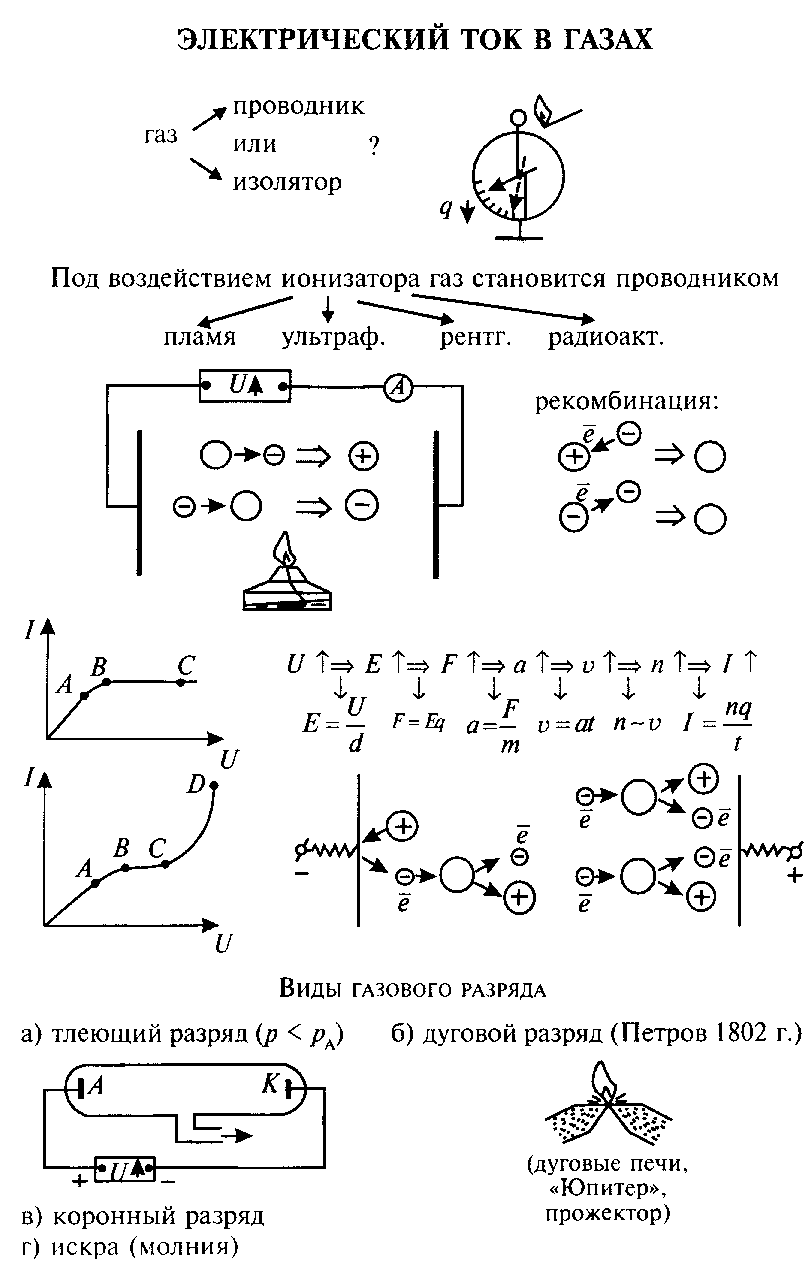
\u003e\u003e Physics: Potential energy of a charged body in a uniform electrostatic field
Charged bodies attract or repel each other. When moving charged bodies, such as electroscope leaves, the forces acting on them do the work. It is known from mechanics that a system capable of performing work due to the interaction of bodies with each other has potential energy. Hence, a system of charged bodies has potential energy, called electrostatic or electric.
The concept of potential energy is the most difficult in electrostatics. Remember how hard it was to imagine what potential energy is in mechanics. We feel the force directly, but there is no potential energy. On the fifth floor of the house, the potential energy of our body is greater than on the first. But we do not perceive it in any way. The difference becomes clear if you remember that when you climbed up, you had to do work, and also if you imagine what would happen when falling from the fifth floor.
The energy of interaction of electrons with the nucleus in an atom and the energy of interaction of atoms with each other in molecules (chemical energy) is basically electric energy.
From the point of view of the theory of short-range action, the electric field created by another charge directly affects the charge. When the charge moves, the force acting on it from the side of the field does the work. (In what follows, for brevity, we will simply talk about the work of the field.) Therefore, it can be argued that a charged body in an electric field has energy. Find the potential charge energy in a uniform electric field.
Work when moving a charge in a uniform electrostatic field. A uniform field is created, for example, by large parallel metal plates having charges of the opposite sign. This field acts on a charge q with constant force, just as the Earth acts with constant force  on a stone near its surface.
on a stone near its surface.
Let the plates be arranged vertically ( fig. 14.26), left plate B negatively charged, and the right D - positively. We calculate the work done by the field when moving a positive charge q from point 1
at a distance d 1 from the left plate to the point 2
located at a distance d 2 from her. Points 1
and 2
lie on the same power line.
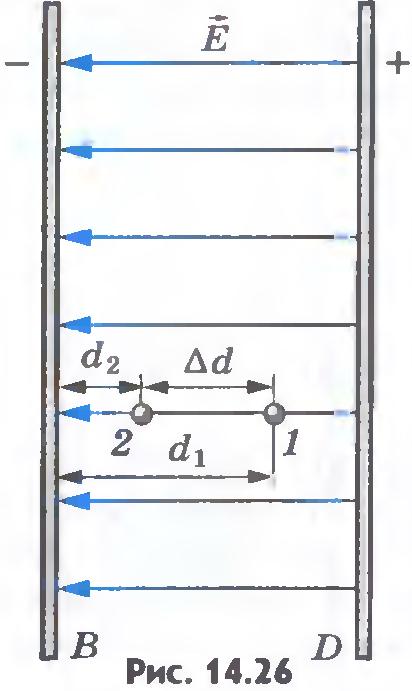
The electric field when moving the charge will do a positive job
This work does not depend on the shape of the trajectory, just as the work of gravity does not depend on the shape of the trajectory. We prove this by direct calculation.
Let the charge move along the curve ( fig. 14.27) We break this curve into small displacements. The force acting on the charge remains constant (the field is uniform), and the angle between the direction of force and movement will change. Work on small displacement is equal. Obviously, the projection of small displacement on the horizontal direction. Summing up the work on small displacements, we obtain ![]() .
.
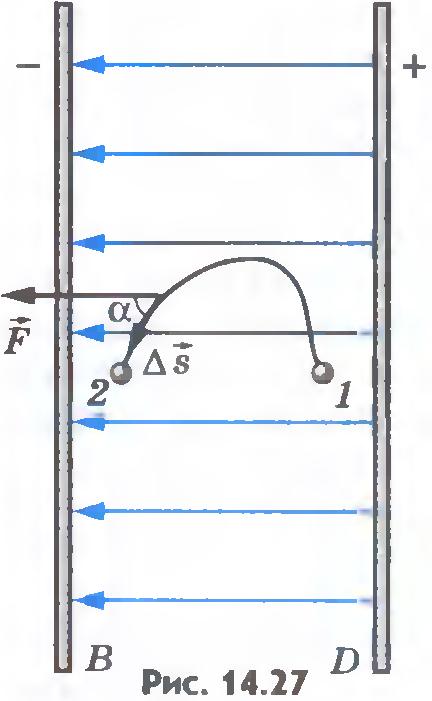
Comparing the resulting expression (14.12) with the general definition of potential energy (14.13), we see that the potential charge energy in a uniform electrostatic field is:
(We believe that at the point 2
potential energy is zero.)
The formula (14.14) is similar to the formula ![]() for the potential energy of the body. But charge q unlike mass, it can be both positive and negative.
for the potential energy of the body. But charge q unlike mass, it can be both positive and negative.
If the field does a positive job, then the potential energy of a charged body in the field decreases: ![]() . At the same time, according to the law of conservation of energy, its kinetic energy grows. And vice versa, if the work is negative (for example, when a positively charged particle moves in the direction opposite to the direction of the field strength vector; this movement is similar to the motion of a stone thrown up), then
. At the same time, according to the law of conservation of energy, its kinetic energy grows. And vice versa, if the work is negative (for example, when a positively charged particle moves in the direction opposite to the direction of the field strength vector; this movement is similar to the motion of a stone thrown up), then ![]() . Potential energy increases, and kinetic energy decreases; the particle is inhibited.
. Potential energy increases, and kinetic energy decreases; the particle is inhibited.
On a closed path, when the charge returns to the starting point, the field work is zero:
Charged particles in an electrostatic field have potential energy. When a particle moves from one point of the field to another, the electric field does a job that does not depend on the shape of the trajectory. This work is equal to the change in potential energy taken with a “-” sign.
???
1. How is the change in the potential energy of a charged particle related to the work of the electric field?
2. What is the potential energy of a charged particle in a uniform electric field?
G.Ya. Myakishev, B. B. Bukhovtsev, N. N. Sotsky, Physics, Grade 10
Lesson content lesson summary support frame lesson presentation acceleration methods interactive technologies Practice tasks and exercises self-examination workshops, trainings, cases, quests homework discussion questions rhetorical questions from students Artwork audio, video clips and multimedia photos, pictures, charts, tables, diagrams humor, jokes, jokes, comics parables, sayings, crosswords, quotes Additions abstracts articles chips for curious cheat sheets textbooks basic and additional glossary of terms other Improving textbooks and lessons correction of errors in the textbook updating a fragment in a textbook elements of innovation in the lesson replacing obsolete knowledge with new For teachers only perfect lessons annual schedule methodological recommendations of the discussion program Integrated lessonsIf you have corrections or suggestions for this lesson,
Charged bodies attract or repel each other. When moving charged bodies, such as electroscope leaves, the forces acting between them do the job. It is known from mechanics that a system capable of completing work through the interaction of a body with a friend has potential energy. Hence, a system of charged bodies has a potential energy called electrostaticor electric.
The concept of potential energy is self-complex in electrostatics. Remember how hard it was to imagine what potential energy is in mechanics. We feel the force directly, but there is no potential energy. There is more potential energy on the fifth floor of the house than on the first. But we do not perceive it in any way.
The difference becomes clear if you remember that when you climbed up you had to do work, and also if you imagine what will happen when you fall from the fifth floor.
The energy of interaction of electrons with the nucleus in an atom and the energy of interaction of atoms with each other in molecules (chemical energy) is basically electric energy. Huge electrical energy is stored inside the atomic nucleus. It is due to this energy that heat is released during the operation of the nuclear reactor of a nuclear power plant.
From the point of view of the theory of short-range action, the electric field created by another charge directly affects the charge. When the charge moves, the force acting on it from the side of the field does the work. (In what follows, for brevity, we will simply talk about the work of the field.) Therefore, it can be argued that a charged body in an electric field has energy. Find the potential charge energy in a uniform electric field.
Work when moving a charge in a uniform electrostatic field.A uniform field is created, for example, by large metal plates having charges of the opposite sign. This field acts on a charge with constant force. ,
just as the earth acts with constant force F \u003d mgon a stone near its surface. Let the plates be arranged vertically (Fig. 1), the left plate ATnegatively charged, and the right D- positively. We calculate the work done by the field when moving a positive charge qfrom point 1 at a distance d 1from the plate AT,exactly 2,
located at a distance d 2
On the road Δd \u003d d 1 -d 2the electric field will do a positive job:
This work does not depend on the shape of the trajectory, just as the work of gravity does not depend on the shape of the trajectory. We prove this by direct calculation.
We calculate the work when the charge moves along an arbitrary curve connecting points 1 and 2 . Moving along a smooth curve can be replaced by moving along a step line with arbitrarily small steps (Fig. 2). When moving along steps perpendicular to field strength Ethe work is not done. On the steps parallel Ework is done (f. 1), since the sum of the lengths of the horizontal segments is Δd \u003d d 1 -d 2.
Potential energy.If the work does not depend on the shape of the trajectory, then it is equal to the change in potential energy taken with the opposite sign:
This was discussed in detail in the course of physics of class IX.
Comparing the resulting expression (f. 1) with the general definition of potential energy (f. 2), we see that potential charge energy in a uniform electrostatic fieldis equal to:
The formula (f.3) is similar to the formula W p \u003d mghfor the potential energy of the body above the surface of the earth. But charge qunlike mass, it can be both positive and negative.
If the field does a positive job, then the potential energy of the charged body in the field decreases: ∆W p<0. Одновременно согласно закону сохранения энергии растет его кинетическая энергия. На этом основано ускорение электронов электрическим полем в электронных лампах, телевизионных трубках и т. д. И наоборот, если работа отрицательна (например, при движении положительно заряженной частицы в направлении, противоположном направлению напряженности поля ; this motion is similar to the motion of a stone thrown up), then ∆W p\u003e 0. Potential energy increases, and kinetic energy decreases; particle slows down.
On a closed path, when the charge returns to the starting point, the field work is zero:
Zero level of potential energy.The potential energy (see formula (3)) is zero on the surface of the plate AT. This means that the zero level of potential energy coincides with the plate. AT.But, as in the case of gravitational forces, the zero level of potential energy is chosen arbitrarily. We can assume that W p \u003d 0on distance d 2from the plate AT,Then

The physical meaning is not the potential energy itself, but the difference in its values, determined by the work of the field when the charge moves from the initial position to the final.
Charged particles in an electrostatic field have potential energy. When a particle moves from one point of the field to another, the electric field does a job that does not depend on the shape of the trajectory. This work is equal to the change in potential energy taken with a minus sign.
Recall from the course of mechanics the definition of potential energy in the field of gravity.
What forces act on a point charge in an electrostatic field?
Which field is called homogeneous?
Charged bodies attract or repel each other. When moving charged bodies, such as electroscope leaves, the forces acting on them do the work. It is known from mechanics that a system capable of performing work due to the interaction of bodies with each other has potential energy. Hence, a system of charged bodies has potential energy, called electrostatic or electric.
The energy of interaction of electrons with the nucleus in an atom and the energy of interaction of atoms with each other in molecules (chemical energy) is basically electric energy.
From the point of view of the theory of short-range action, the electric field created by another charge directly affects the charge. When the charge moves, the force acting on it from the side of the field does the work. (In what follows, for brevity, we will simply talk about the work of the field.) Therefore, it can be argued that a charged body in an electric field has energy. We find the potential charge energy in a uniform electric field.
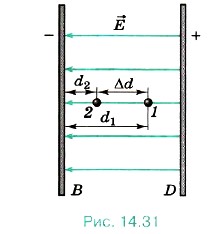
Work when moving a charge in a uniform electrostatic field. A uniform field is created, for example, by large parallel metal plates having charges of the opposite sign. This field acts on a charge q with constant force \u003d q, just as the Earth acts with constant force \u003d m on a stone near its surface.
Let the plates be arranged vertically (Fig. 14.31), the left plate B is negatively charged, and the right one is positive. We calculate the work done by the field when moving a positive charge q from point 1, located at a distance d1 from the left plate, to point 2, located at a distance d2 from it. Points 1 and 2 lie on the same power line. The electric field when moving the charge will do a positive job:
A \u003d qE (d1 - d2) \u003d qEΔd. (14.12)
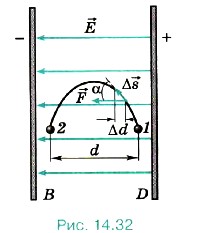
Let us prove this by direct calculation.
Let the charge move along the curve (Fig. 14.32). We break this curve into small displacements. The force acting on the charge remains constant (the field is uniform), and the angle a between the direction of the force and the direction of movement will change. Work on small displacement Δ is equal to ΔА \u003d qElΔlcosa. Obviously, | Δ | cosa \u003d Δd is the projection of small displacement on the horizontal direction. Summing up the work on small displacements, we obtain A \u003d qEd.
Using similar reasoning, we can derive the formula for the Coulomb force to work when the charge q 0 moves from point 1 to point 2 in an inhomogeneous field of a fixed point charge q. In this case, it should be taken into account that the force depends on the distance q to the point charge. For the Coulomb force to work in the field of a point charge q, the expression

We see that the work depends only on the position of the initial (r 1) and final (r 2) points of the trajectory and does not depend on the shape of the trajectory.
The electrostatic force acting on charges is, like gravity, gravity and elasticity, a conservative force.
Potential energy. Since the work of the electrostatic force does not depend on the shape of the trajectory of the point of its application, the force is conservative, and its work according to formula (5.22) is equal to the change in potential energy taken with the opposite sign:
A \u003d - (W p2 - W p1) \u003d -ΔW p. (14.13)
Comparing the resulting expression (14.12) with the general definition of potential energy (14.13), we see that ΔW p \u003d W p2 - W p1 \u003d -qEd. We believe that at point 2 the potential energy is zero. Then
Now we obtain the formula for the potential energy of a charge located in the field of a point charge. The change in the potential energy of the charge q0 when moving from point 1 to point 2 in an inhomogeneous field of a fixed point charge q is equal to the work of the conservative force taken with the opposite sign:
If we assume that the potential energy is zero at an infinitely distant point (as r2 → ∞ W n2 - 0), then the potential charge energy q 0 at some point located at a distance r from the point charge q creating the field: ![]() The potential energy is directly proportional to the charge q 0 introduced into the field.
The potential energy is directly proportional to the charge q 0 introduced into the field.
Note that the formula (14.14) is similar to the formula W p \u003d mgh for the potential energy of the body. But the charge q, unlike mass, can be both positive and negative.
If the field does a positive job, then the potential energy of a charged body when it moves freely in the field to point 2 decreases: ΔW p< 0. Одновременно согласно закону сохранения энергии растёт его кинетическая энергия. И наоборот, если работа отрицательна (например, при свободном движении положительно заряженной частицы в направлении, противоположном направлению вектора напряжённости поля Е; это движение подобно движению камня, брошенного вверх), то ΔW п > 0. Potential energy increases, and kinetic energy decreases; particle slows down.
This is a property of the fields of conservative forces.
Questions to the paragraph
1. How is the change in the potential energy of a charged particle related to the work of the electric field?
2. What is the potential energy of a charged particle in a uniform electric field?

